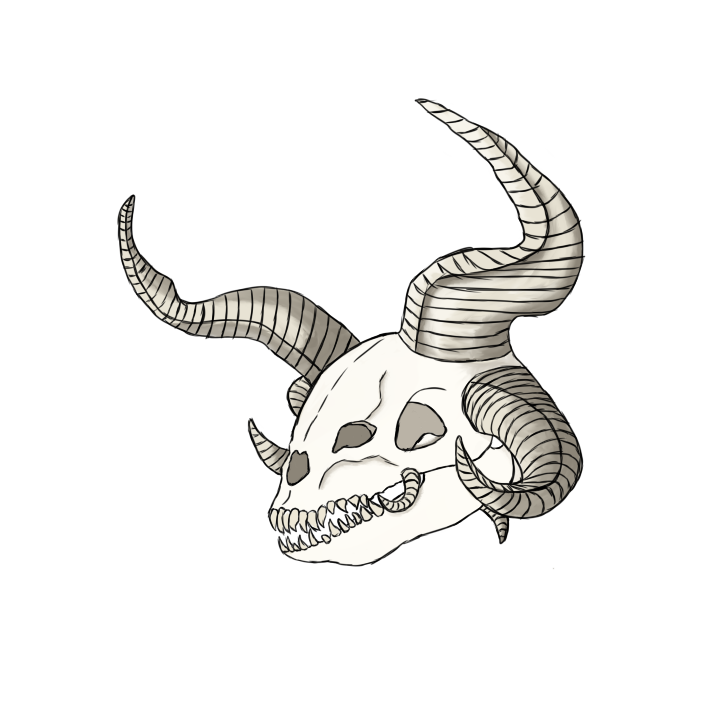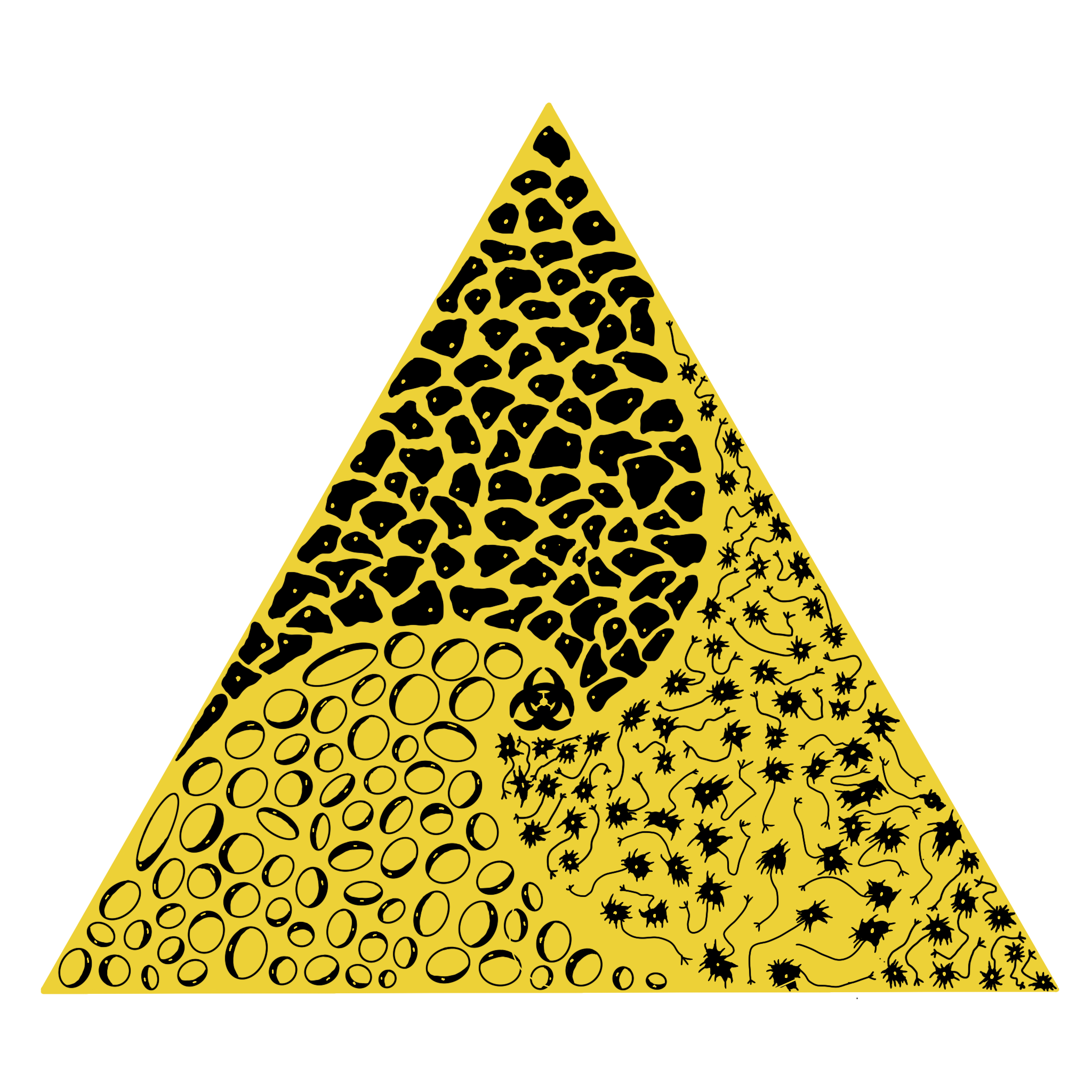Gastar's Disease
This article is still a Work in Progress. It's still receiving updates to content, formatting, or links. Please check back later for the final version!
This article is a stub and contains minimal information. If you'd like to learn more about this topic, please let me know so I can add basic information.
From the Manual of Oceanic Ailments
The patient arrived with ---'s brother late in the morning. The patient was unable to swim independently and upon initial physical examination was unable to feel sensation on the tail. The patient had been scractching the tail heavily and was unable to resist for more than a few seconds when prompted. The patient begged me to "get it out" and was insistent that there was something moving under the skin. The brother showed no symptoms and was in perfect health.
Symptoms
Gastar's Disease is caused by eating an infected Prodi. The worm which is able to survive inside the fish dies in the merfolk's intestines and releases a powerful toxin as it decomposes. Symptoms typically begin within a day of consuming the fish and is first noticeable as numbness or tingling in the fish half of the merfolk. There may be periodic muscle spasms, and the afflicted individual loses the ability to swim. The toxin causes the nerves to fire erratically and create the sensation of something moving underneath the skin. Reports of itchiness are common, and in severe cases, the afflicted merfolk will scratch off scales and cause open sores in an attempt to remove the moving worm. If not promptly treated, the entire lower half of the body atrophies significantly within four days. This is compounded by the individual's inability to swim or move. Open cuts and sores caused by scratching also make swimming or movement extremely painful.Transmission
Vectors
The Nurmi worm which causes Gastar's Disease can be commonly found in the various species of Prodi fish. Large infestations are easily identifiable by blue streaks through the fish's muscles, but small infestations are easy to miss.Carriers
It's not currently understood why some individuals seem to be more compatible with the Nurmi worm. While alive but weakened, the worm will continue to live in the merfolk's intestines until evenually being passed out of the body. Improper disposal of waste can lead to food contamination upon which the worm will die in the next merfolk.Treatment
The treatment for Gastar's Disease is a series of injections of a serum made from the egg sag oil of Uarni Kelp. Injections are to be administered just above the fluke, along the anterior and posterial medial lines on the tail, and at the base of the spinal column. Patients must be monitored for two days for side effects which may include nausea, blurred vision, and in rare instances, seizures.Prognosis
If treated within two days of the first symptoms, the afflicted individual is able to make a full recovery. There may be a period of rehabilitation depending on how severely the muscles atrophied before receiving the full treatment regimen. If left untreated, the afflicted individual is expected to die within seven days due to muscle necrosis, asphyxiation, and cardiac arrest. Late treatment of the disease may result in permanent paralysis of the lower half of the body.History
Reports of a strange illness causes paralysis and death existed for several decades prior to any cure being found. In each of the reports, the patient was suddenly unable to swim, complained of intense itchiness and feelings of something under the skin, and experienced rapid onset muscle atrophy of the lower half of the body. Forty years ago, the physician Gastar was the first to identify the cause of the disease as being from infected Prodi fish. Due to their small size, Prodi fish weren't commonly hunted, but they were plentiful when larger prey wasn't available. He observed the fish eating Uarni Kelp which was the natural habitat of the Nurmi Worm. The worms were able to live and breed inside the fish's muscles but left a telltale blue streak. He was also the first to notice that despite some kelp plants being heavily infested with worms, their egg sacks were untouched. The worms were typically too small to see, but large clusters appeared as a film or gelatinous bubbles on the kelp. He developed the first treatment for the illness using the egg sack oil which contained a natural antitoxin for Nurmi Worm toxin. The disease was named after him and his achievements. He also recorded that while it was common for multiple members of the same household to come down with the illness, the reason was because they often shared meals and would eat the same infected fish. The disease was not otherwise contagious.Submission to Group 2 of Cato's Mixing Symptoms 2
Prevention
Proper food preparation and inspection is vital to avoiding Gastar's Disease. Please refrain from eating uncooked Prodi and clean all surfaces thoroughly after handling Prodi to prevent cross contamination. Cook Prodi until the meat is opaque white all the way through before consuming.




This is a well done article. I like the detail and thought on how the victims are infected and the symptoms. I particularly like the detail of the groups of infected families due to families having the same food supply. Is there something unique about merfolk that causes them to atrophy so quickly? humans typically take months for that, and I wondered if there was something unique there. And you really got me curious - how do merfolk cook their fish? Are they using acidic liquids underwater, or are they amphibious?